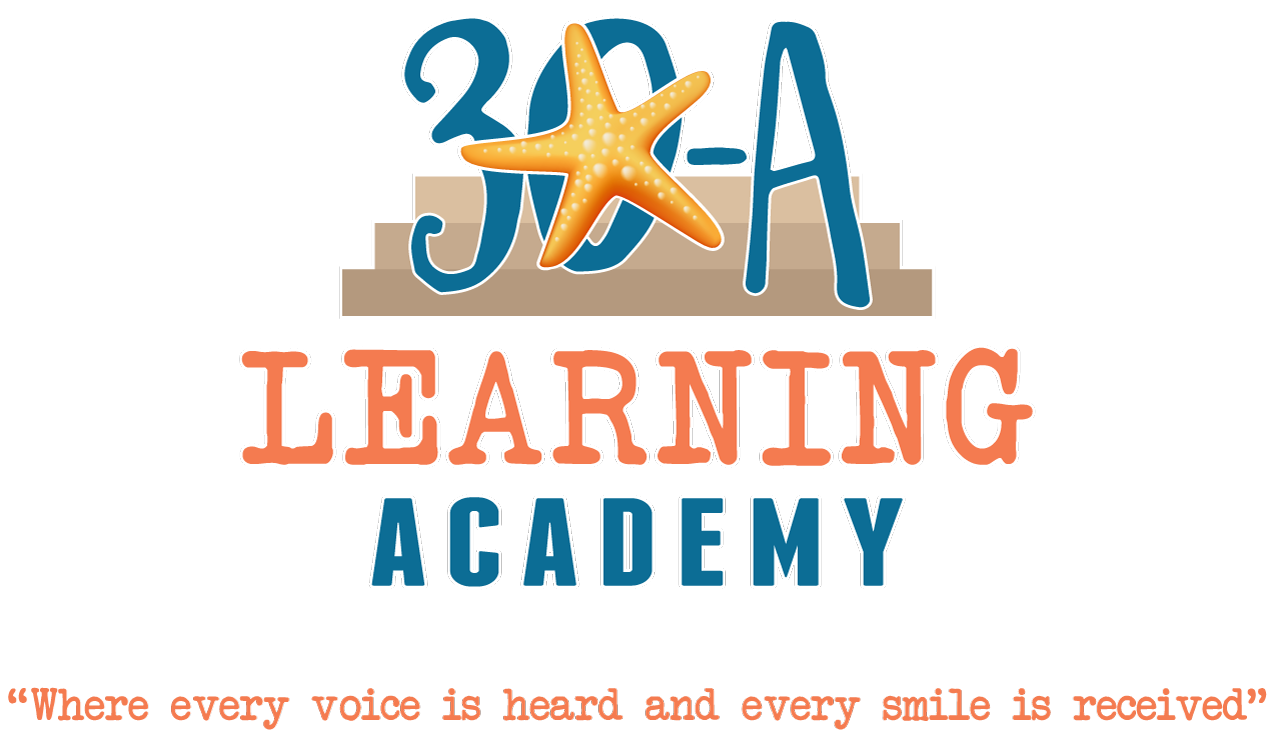Teaching Methods & Strategies
30A Learning Academy focuses on individualizing curriculum in a multi-age environment. The curriculum delivery is focused on the individual needs of the students. Our differentiated and accelerated curriculum is unlimited by grade level boundaries and provides rigor in areas of strength while building a strong basic academic foundation.
Project-Based Learning
Broadly defined, project-based learning integrates many characteristics including, but not limited to, student centered interest driven learning. This kind of learning starts with an essential, or driving question. It is inquiry based, promotes reflection, is collaborative, encourages critical thinking, fosters communication, is highly engaging and integrates many content areas (BIE, 2003; Boss & Kraus, 2007; Edutopia, 2008; Papert, 2010). Paulo Freire and Seymour Papert defined project-based learning as the “pedagogy of the question, not the answer” (youtube.com, 2010). PBL focuses on the teacher as a facilitator, in which the teacher’s role is to support students as they use inquiry as the basis for project work.
On a more structured end of the project based learning continuum, students go through an extended process of inquiry in response to a complex question, problem, or challenge. While allowing for some degree of student "voice and choice," rigorous projects are carefully planned, managed, and assessed to help students learn key academic content, practice 21st century skills (such as collaboration, communication and critical thinking), and create high-quality, authentic products and presentations (Buck Institute for Education, 2010). On the less structured end of the continuum, PBL work is completely student centered and driven. This less teacher-structured or standard-based PBL allows the student to design and implement projects based solely on what they are interested in learning and what is motivating to them (Buck Institute for Education, 2010).
Small Group and One-on-One Instruction
Small group and one-on-one instruction provides more of a traditional direct instruction approach. This is a time for students to show off what they have learned and 'teach the teacher', or a time for teachers to provide extra support to give students the boost they need to master a skill, and then the students can 'teach the teacher'. Students apply what they have learned by using manipulatives, hands on activities, and paper-pencil practice activities.






